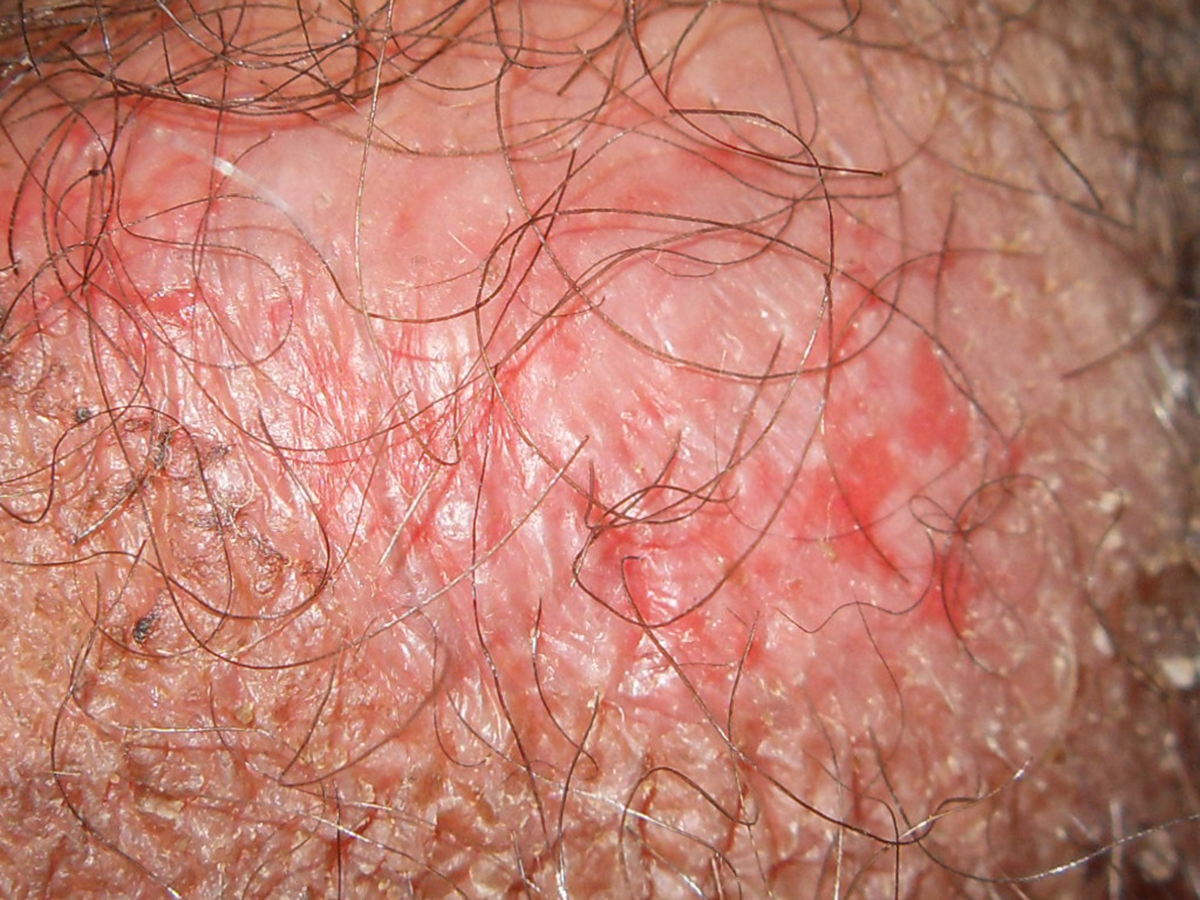
What Is Inverse Psoriasis?
Inverse psoriasis or intertriginous psoriasis is also often referred to as hidden psoriasis. This is because the skin rash this kind of psoriasis causes commonly affects unexposed areas of the body, such as skin folds. The armpits and groin area as well as folds under the breasts and buttocks are typically affected by this subtype of psoriasis.
The condition is also accompanied by unbearable pain and itching. The reason why the rash is so itchy and troublesome is because it occurs in areas of the body that are already moist by nature. Perspiration and friction of the affected areas make the symptoms worse, as well as increasing the risk that patients will develop additional fungal infections.
This skin condition manifests as a skin rash that is tender to the touch. It is not scaly like the rash that occurs in standard psoriasis, but instead smooth and even shiny. Inverse psoriasis affects obese people more commonly than people in the healthy weight range, because of the increased friction seen around the skin folds. Two to six percent of all people suffering from standard psoriasis also suffer from inverse psoriasis.
Treatment for Inverse Psoriasis
Treatment for inverse psoriasis is rather challenging, since this skin condition affects the most sensitive areas of the body.
Topical corticosteroid creams and ointments are highly effective in the treatment of inverse psoriasis. Once these creams are applied, the skin is not supposed to be additionally covered with plastic dressing.
Overuse or misuse of steroid creams and ointments may result in excessive thinning of the skin, potentially leading to further complications, and the occurrence of stretch marks. This is a potential complication and has to be taken into consideration prior to treatment, since inverse psoriasis itself already causes thinning of the skin.
In some cases, salicylic acid is used. And finally, patients can be also treated with coal tar or calcipotriene.
Additional side effects of all topical agents applied in the management of inverse psoriasis include irritation of the skin and increased occurrence of fungal infections. This is why doctors should test the affected area for fungal infection. If a fungal infection is present, patients are treated with diluted topical steroids together with anti-yeast or anti-fungal medications.
Patients who are suffering from severe forms of inverse psoriasis may require systemic medications. Tacrolimus and pimecrolimus are typically used in the treatment of severe eczema. These two medications can also be rather effective in the alleviation of inverse psoriasis symptoms.
Castellani's plant is another solution for inverse psoriasis. It is liquid, and once it has been applied on the affected skin it assists in drying of the moist lesions.
Apart from medications ultraviolet B light also contributes to alleviation of symptoms. UVB light seems to decelerate the growth of psoriatic cells.
And finally, if inverse psoriasis is highly resistant to all the previously mentioned treatment modalities the doctor may recommend treatment with biologics that impact the functioning of your immune system to alleviate the symptoms. Etanercept and infliximab are the last option for the most stubborn cases of the disease.
Can you do anything to alleviate inverse psoriasis yourself?
Patients who are obese would be encouraged to try to lose weight to decrease the friction their skin folds are exposed to. Anyone suffering from inverse psoriasis should take care to wear natural fibers that allow the skin to "breathe" more easily. To absorb excess moisture, which can worsen the condition, patients can use baking soda in the affected areas.


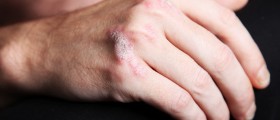

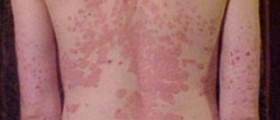

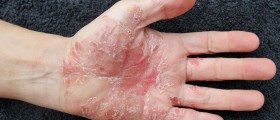
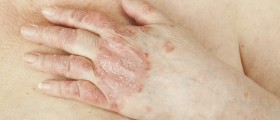




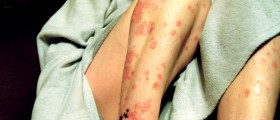

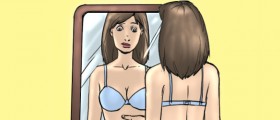
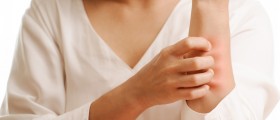

Your thoughts on this
Loading...